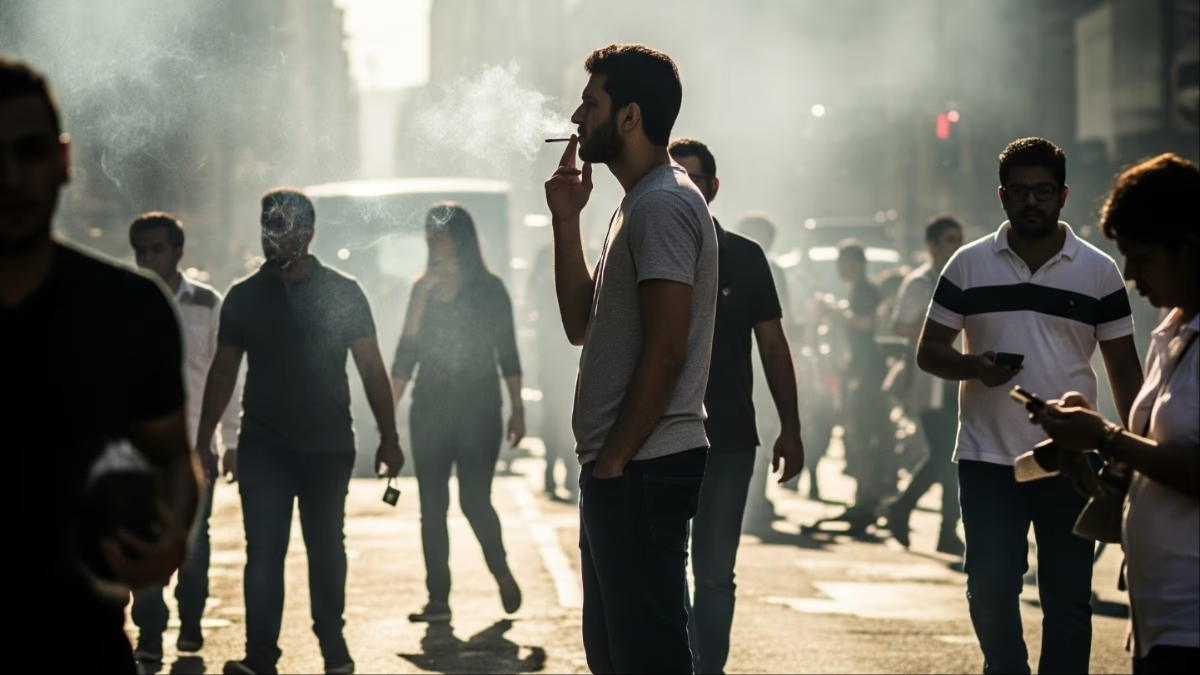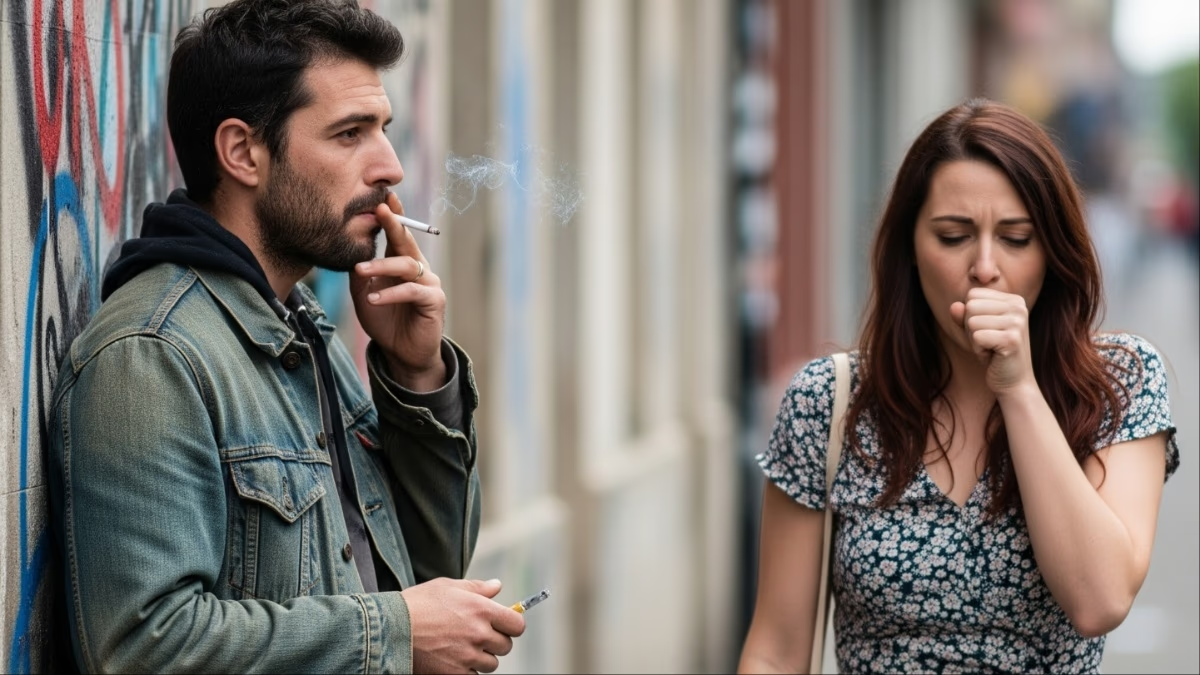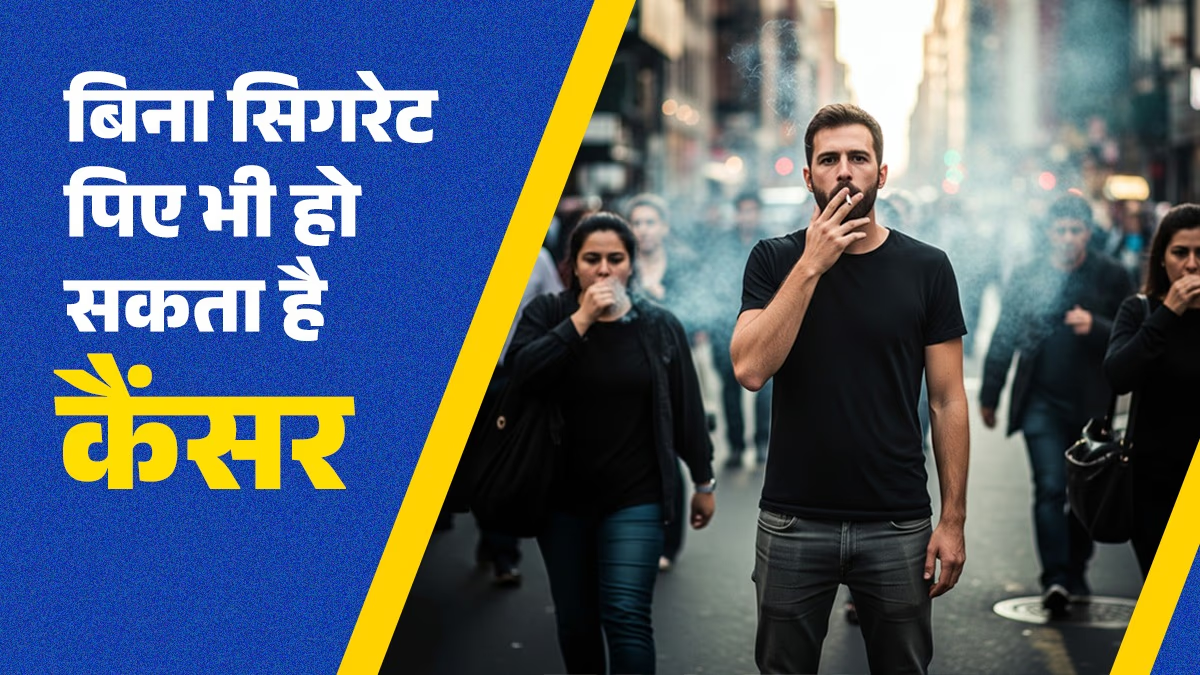When we hear or see someone with lung cancer, our immediate thought often is that they must have smoked extensively throughout life. However, recent statistics tell a different story. The notion that non-smokers are safe from the harms of cigarettes is now alarmingly mistaken according to health experts and current reports.
Reports on lung cancer across India and Asia suggest that a significant non-smoking population is increasingly falling victim to lung cancer. Doctors and scientists unequivocally pinpoint second-hand smoking – the invisible smoke you inhale from others' cigarettes – as a primary cause. It’s a silent killer, targeting your lungs without forewarning.
What is Second-hand Smoking?
We often pass by someone smoking in public, outside an office, or on a house balcony, dismissing the smoke's scent as we go. Dr. Prasad Adusumilli, a thoracic surgeon and cell therapist at Memorial Sloan Kettering Cancer Center, tells Business Standard, 'Second-hand smoking means when someone smoking near you allows smoke to reach you - and it's not just a bad smell; it's a looming threat. This threat could endanger your heart, lungs, and even your children's health in ways you may not realize.'

Source: aajtak
The Deadly Cocktail of Smoke
Second-hand smoke is a deadly blend of two types of smoke. First, the smoke that a smoker exhales and second, smoke from the burning end of a cigarette, beedi, or cigar dissolving into the air.
The U.S. Department of Health and Human Services' National Cancer Institute identifies over 7,000 harmful chemicals in second-hand smoke. Alarmingly, at least 69 of these are known carcinogens, including arsenic, benzene, beryllium, chromium, and formaldehyde.
When these chemicals enter your body through respiration, they begin to damage your lungs' delicate cells. Dr. Adusumilli warns, 'Those regularly exposed to second-hand smoke have significantly higher risks of heart disease, stroke, and lung cancer.'
Poison in the Air
This hazard in India isn’t limited to areas around smokers. The air in several cities is so toxic that it can cause severe diseases like cancer even in non-smokers. Notably, during winter months, the air quality in Delhi and surrounding NCR regions plummets to gas chamber levels. From October to March, the Air Quality Index (AQI) frequently hits the danger zone of 400-450 or even higher.
Context, a media platform by Thomson Reuters Foundation, cited Berkeley Earth’s online calculator, presenting a grim analysis. Breathing air with an AQI of 400-450 throughout the day is like consuming smoke and toxic particles equivalent to smoking 27 cigarettes inside your lungs. This statistic starkly highlights the inadvertent exposure to more toxins than actual smokers might experience daily.

Source: aajtak
Is Distancing Outdoors Enough?
It is a common misconception that stepping away from a smoker in open spaces ensures safety. Dr. Adusumilli firmly debunks this misconception. He states, 'Long after a cigarette is extinguished, the toxic particles from second-hand smoke linger in the air and surfaces. Moving away from a smoker or opening windows isn’t enough for protection. These toxins can remain on car seats, house curtains, couches, and public places for hours, even days.'
He made it clear that no exposure level is safe. Partial safety is no safety. This means that minimal preventive measures will not suffice, and one must completely avoid this toxin. This risk is particularly severe for pregnant women and children. Exposure can result in low birth weight, increased risks of premature birth, and numerous severe health issues for the child.
Protection Against this Invisible Enemy
How can you safeguard yourself and your family from this silent threat? Immediate steps are crucial.
1. Strong Legislation: Governments need to ensure strict adherence to smoking laws in public places. 2. Smoke-Free Homes: It is everyone's responsibility to make their homes utterly smoke-free. Smoking should not be permitted indoors at all.
3. Awareness: Educating people about the perils of second-hand smoke is imperative. They need to understand it's more than a nuisance; it's life-threatening.




